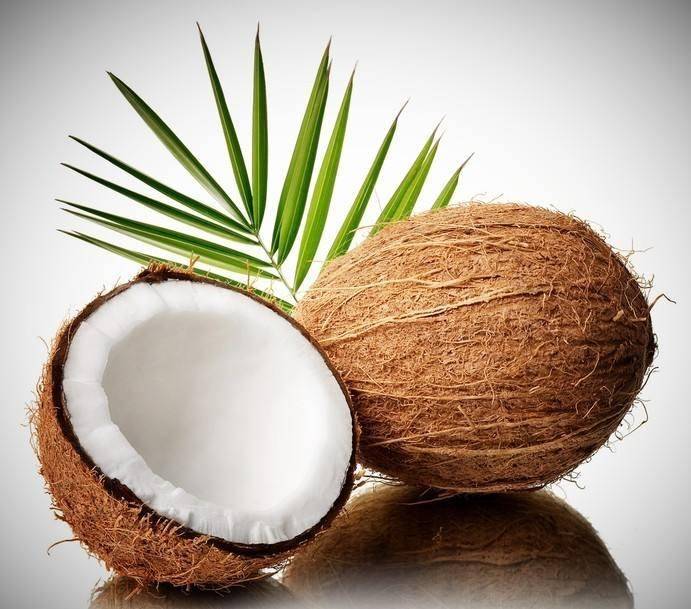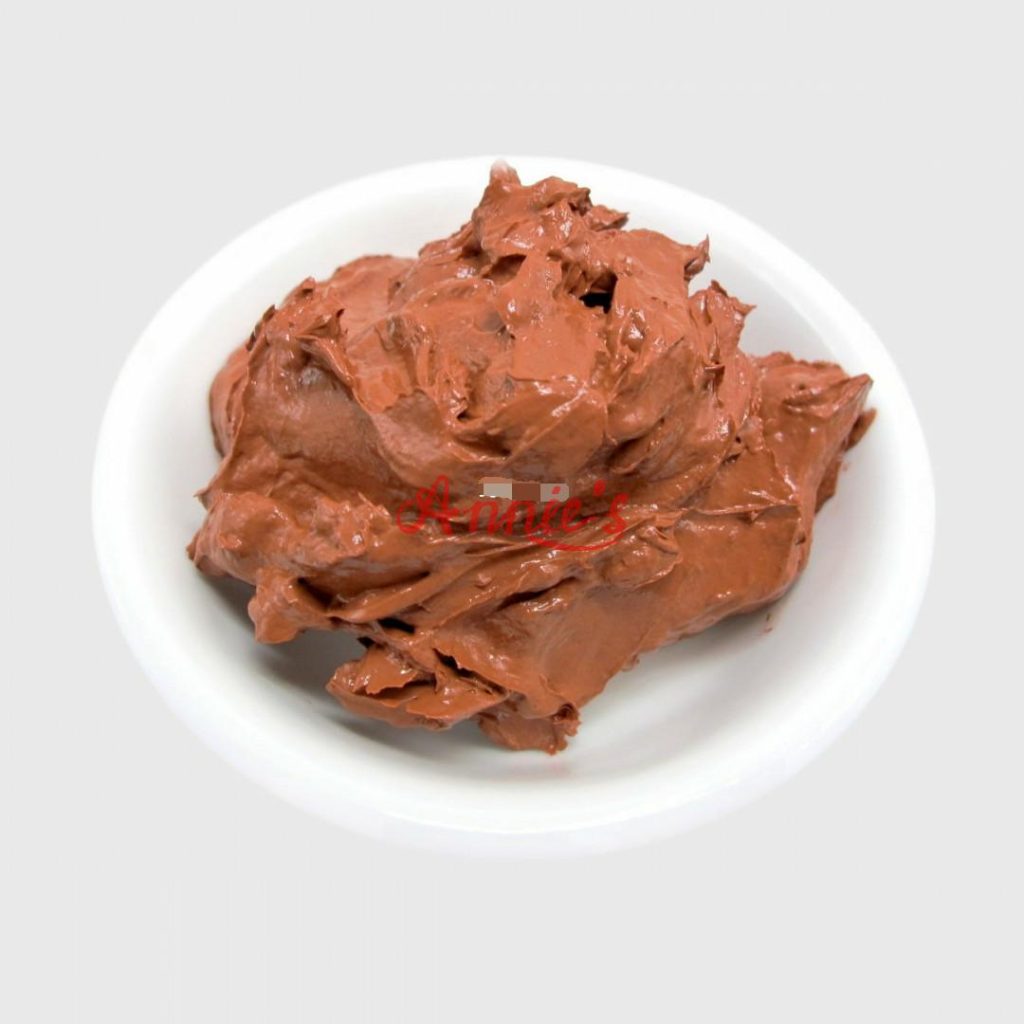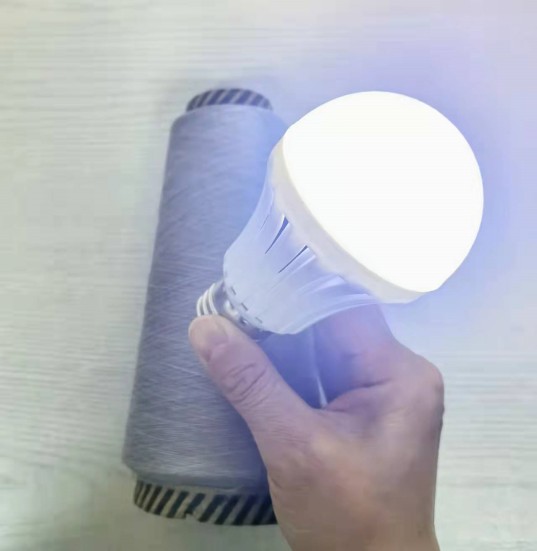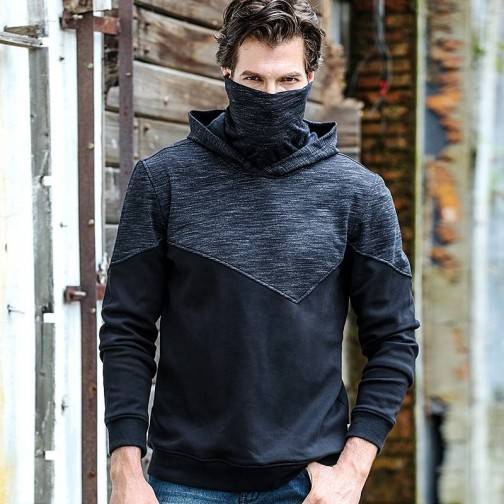In today’s high-performance sports world, athletes face unprecedented challenges in maintaining optimal body temperature. Modern athletes push their bodies to extremes, generating significant heat during intense activities. Traditional cooling fabrics often fall short, offering only temporary relief or losing effectiveness after repeated washing. That’s where our groundbreaking combination of 8C Microporous technology and IcSnow® cooling powder enters the game.
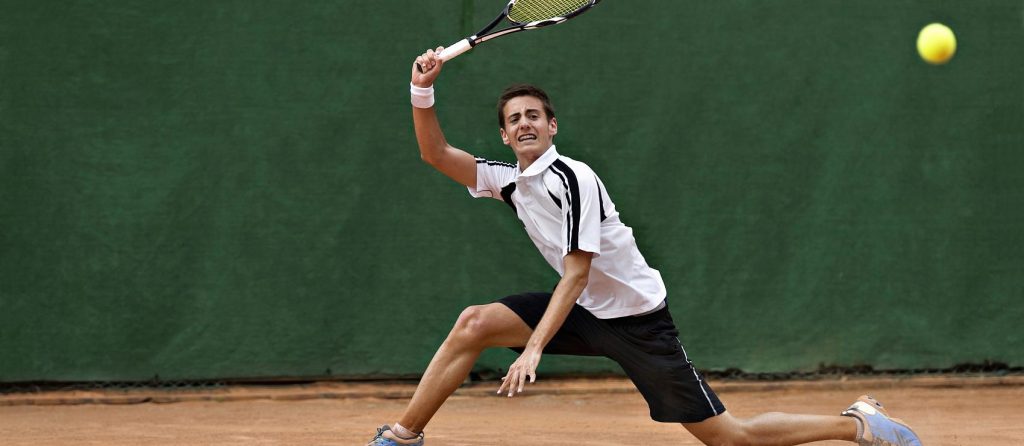
Technical Innovation
The science behind this innovative fabric stems from the unique structure of 8C Microporous Technology. At its core, the technology creates a complex network of microscopic channels within the polyester fiber. These channels, measuring just 2-3 microns in diameter, work in perfect harmony with IcSnow® cooling powder particles.
The manufacturing process integrates IcSnow® particles directly into the microporous structure during fiber formation. This integration method, developed through years of research, ensures the cooling effect remains stable throughout the fabric’s lifetime. The Swiss Sports Material Lab² reports a remarkable 95% retention of cooling properties even after 50 wash cycles.
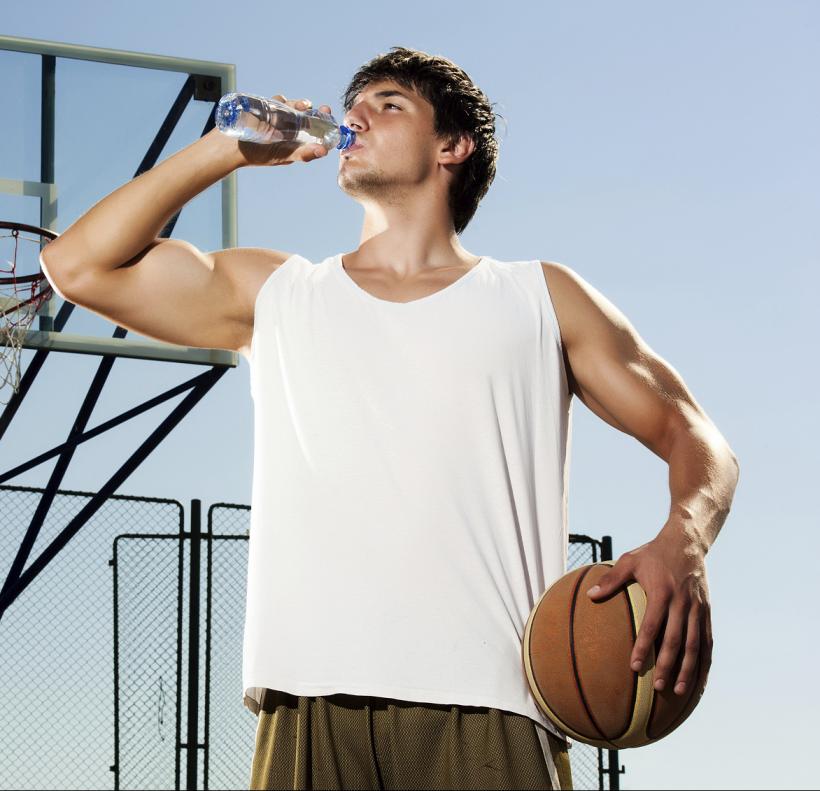
Performance Advantages
The performance data speaks volumes about this technological advancement. When exposed to moisture and body heat, the cooling effect activates within 30 seconds, maintaining a temperature reduction of 3.2°C compared to standard fabrics. The International Sports Fabric Testing Center³ confirms these results through extensive field testing.
| Performance Metric | Standard Results | Duration | Testing Environment |
|---|---|---|---|
| Temperature Drop | 3.2°C | 4+ hours | 25°C, 65% RH |
| Moisture Wicking | 42% improvement | Continuous | High-intensity |
| Bacterial Reduction | 99.9% | 24 hours | Laboratory |
| UV Protection | UPF 50+ | Permanent | Standardized |
Athletic Applications
Professional athletes across various sports have embraced this technology. Marathon runners report enhanced endurance in hot conditions, while indoor athletes benefit from better temperature regulation during intense training sessions. The fabric adapts to different climate conditions, performing effectively in both dry heat and humid environments.

The technology has found its way into professional sports equipment design, where precise temperature control can make the difference between winning and losing. Sports teams in major leagues have incorporated this technology into their training gear, reporting improved athlete comfort and performance during extended practice sessions.
Market Value
The global sports apparel market continues to expand, with premium cooling fabrics leading the growth. Market analysis from SportsTech Insights 2024⁴ indicates a 15% annual growth rate in the high-performance fabric sector. Our technology offers a competitive advantage through superior performance metrics and longer-lasting effectiveness compared to traditional cooling solutions.
The cost-benefit analysis reveals significant value for both manufacturers and end-users. While production costs are marginally higher than conventional fabrics, the extended durability and superior performance justify the premium positioning in the market. Industry projections suggest a potential market share of 25% in the premium athletic wear segment by 2026.
Technical Specifications
The fabric undergoes rigorous testing to meet international standards. Each batch receives certification for performance metrics, including cooling efficiency, moisture management, and durability. The technical parameters remain stable across various environmental conditions, from arctic cold to tropical heat.
Our testing protocols include real-world simulations using thermal imaging and moisture sensors to validate performance claims. The data demonstrates consistent results across different product applications, from lightweight running gear to heavy-duty training equipment.
Sustainability & Future
Environmental consciousness drives our innovation process. The production method reduces water consumption by 30% compared to traditional cooling finish applications⁵. The durability of the cooling effect means fewer replacements and less textile waste. We’ve implemented a closed-loop manufacturing system, recovering and recycling 85% of the water used in production.
Looking ahead, research continues into expanding the technology’s applications. Development teams are exploring adaptations for everyday wear, medical textiles, and industrial applications. The potential for incorporating additional functionalities, such as enhanced UV protection or electromagnetic shielding, opens new possibilities for future applications.
References:
¹ Advanced Textile Research Institute Report 2024
² Swiss Sports Material Lab Performance Study 2024
³ International Sports Fabric Testing Center Analysis 2024
⁴ SportsTech Insights Market Report 2024
⁵ Sustainable Textile Production Index 2024

